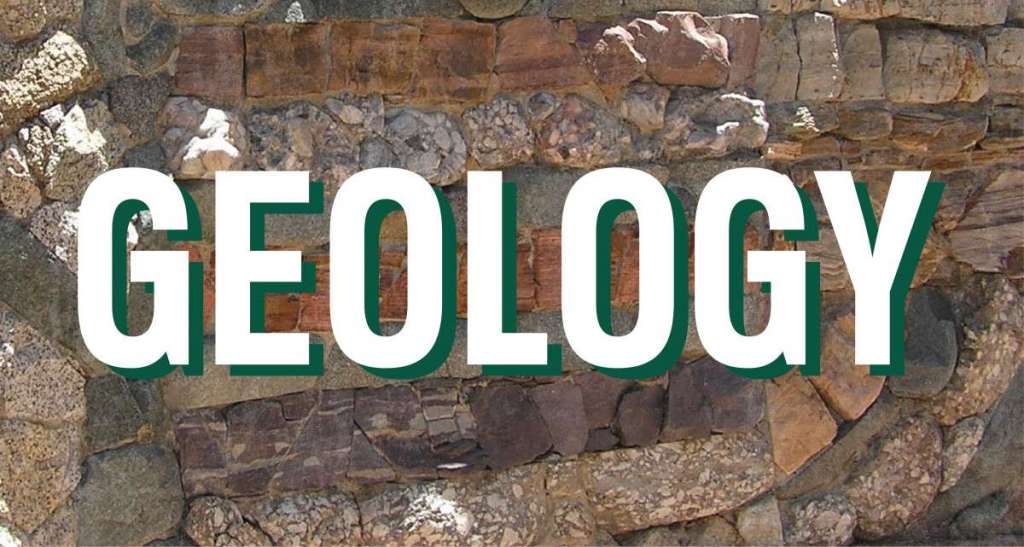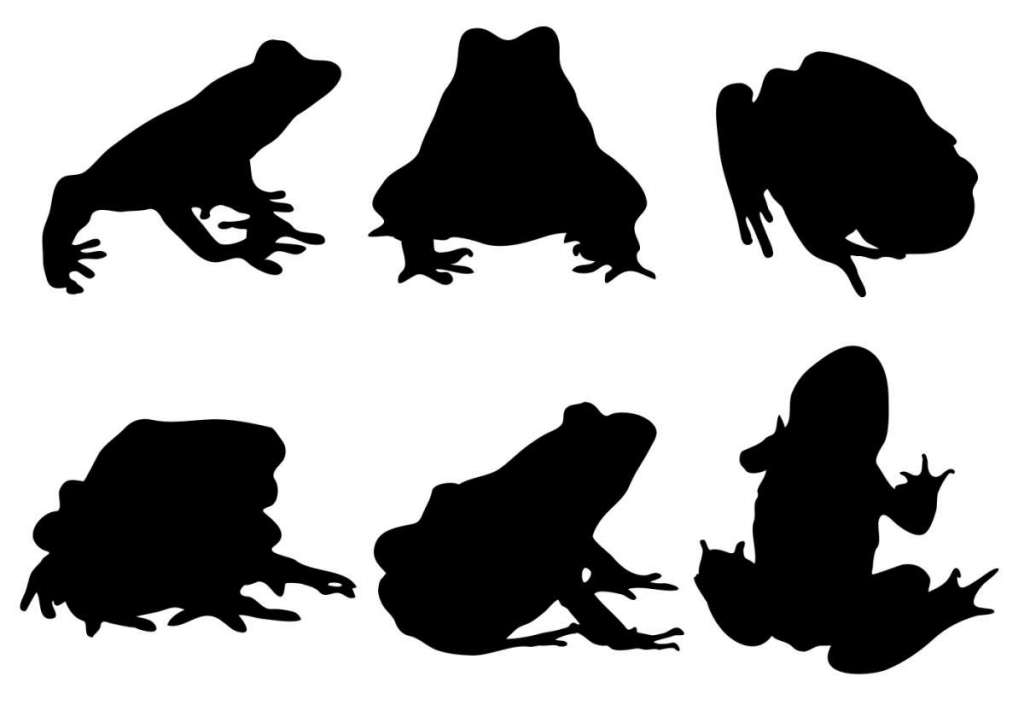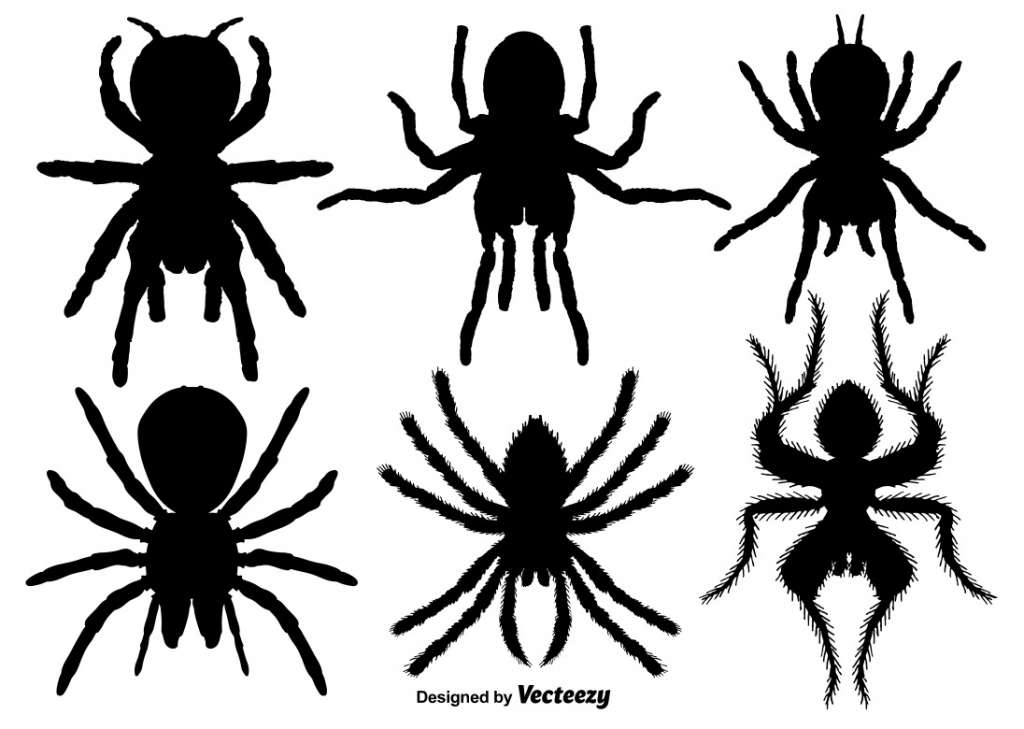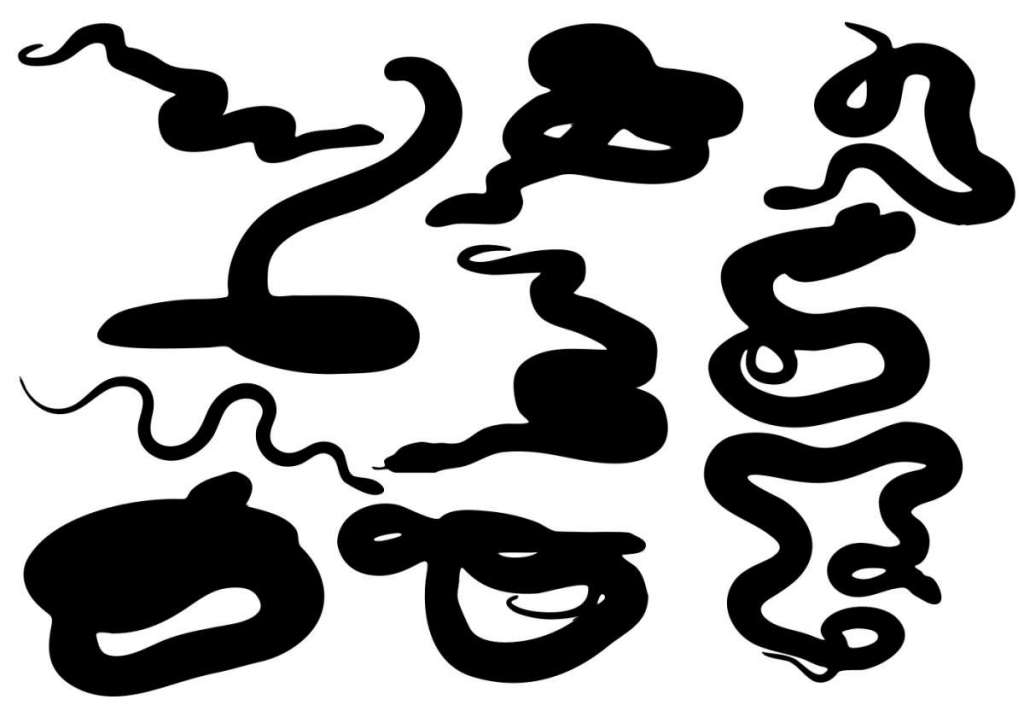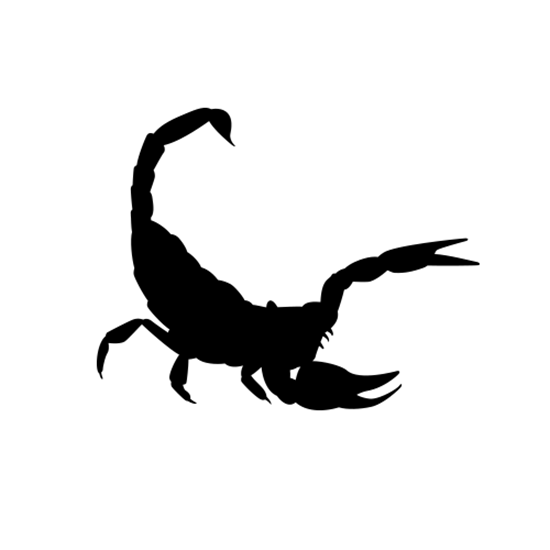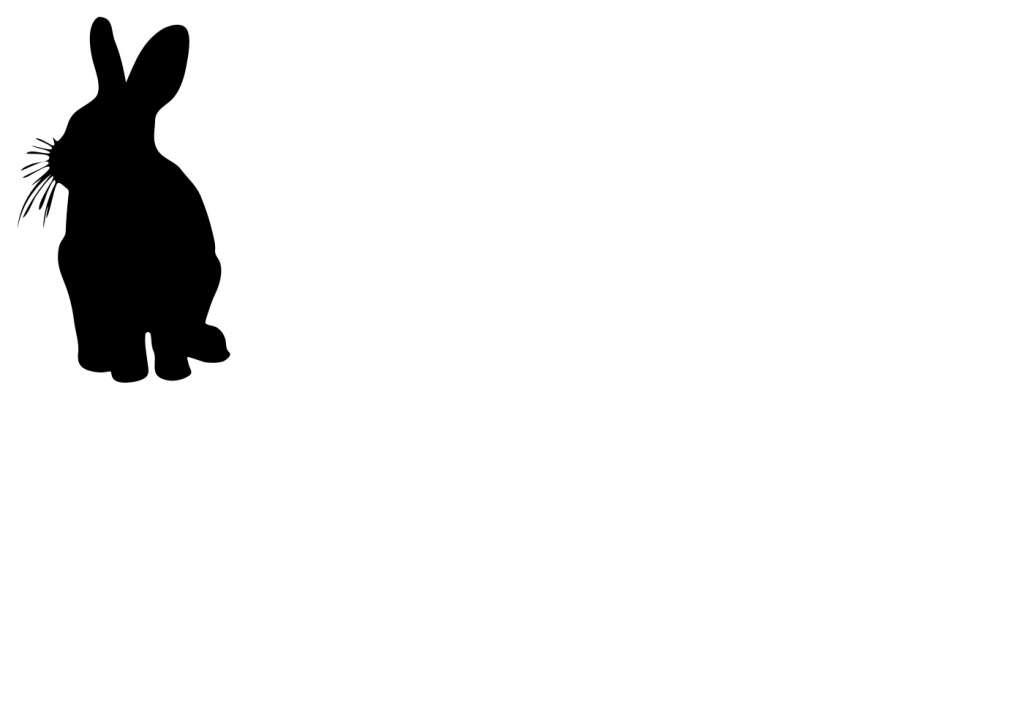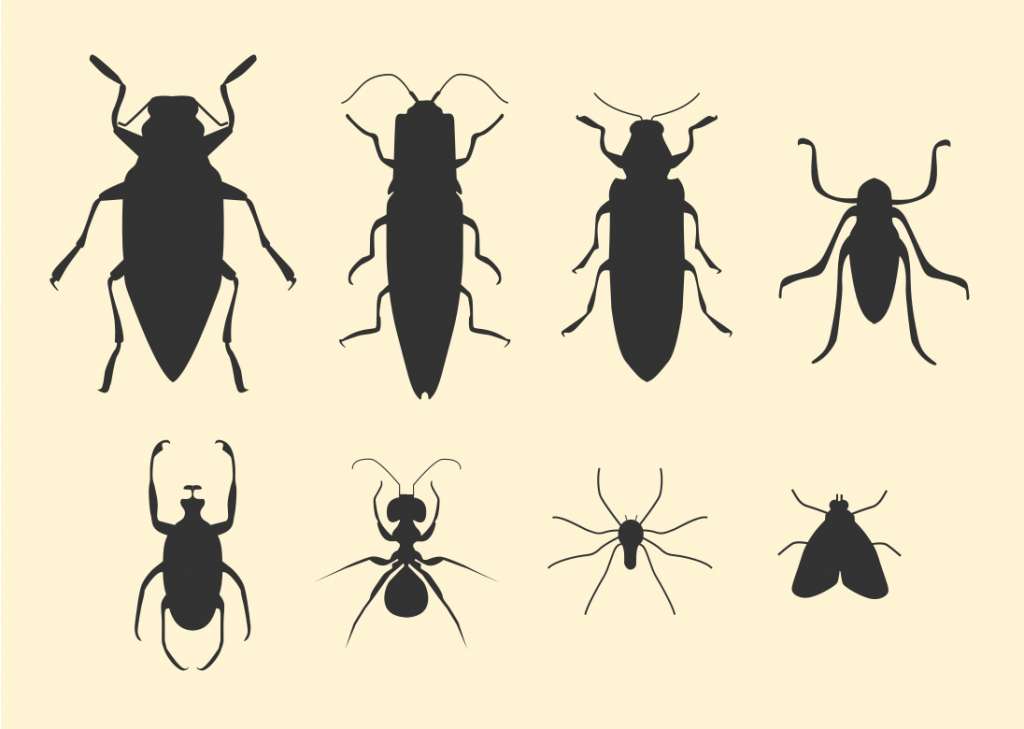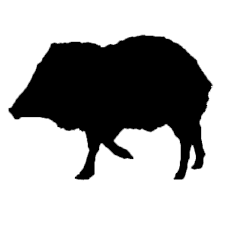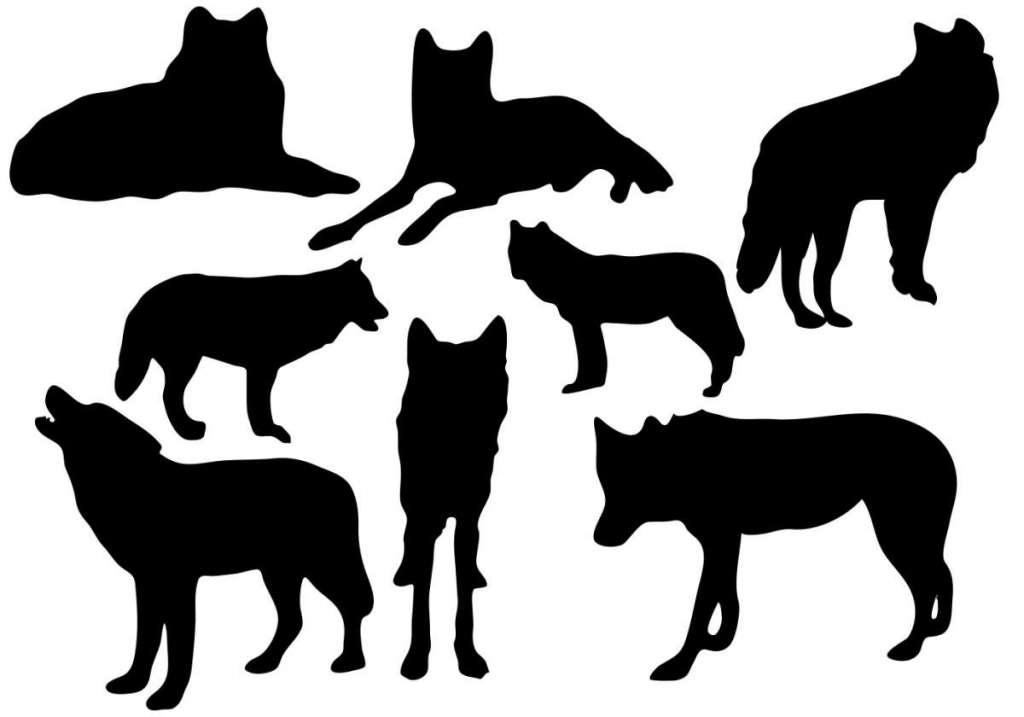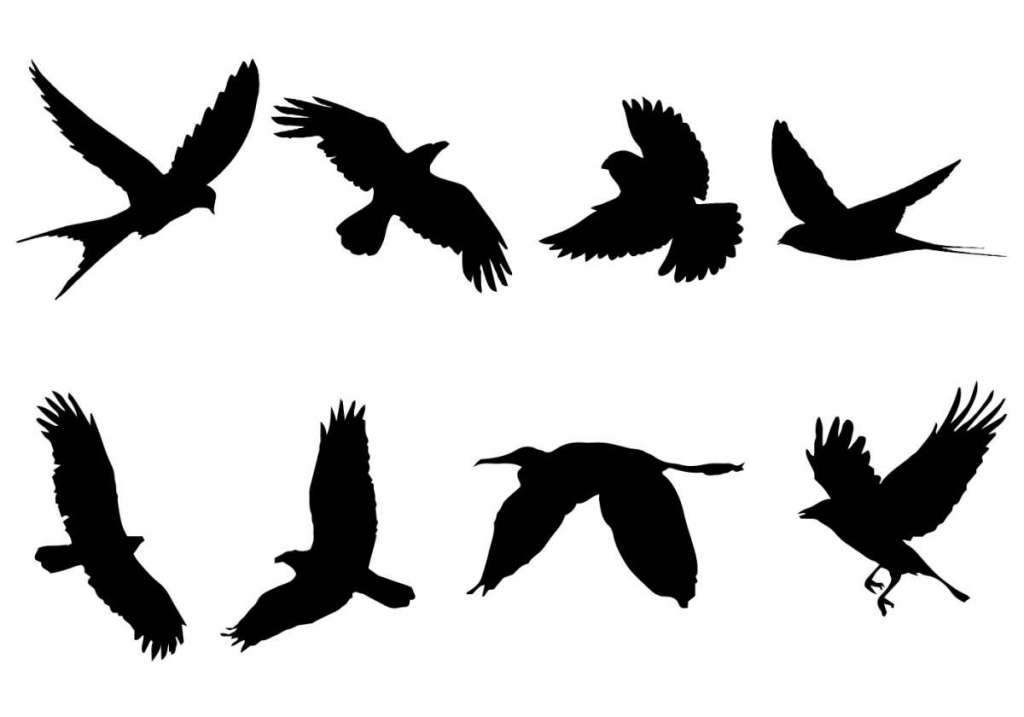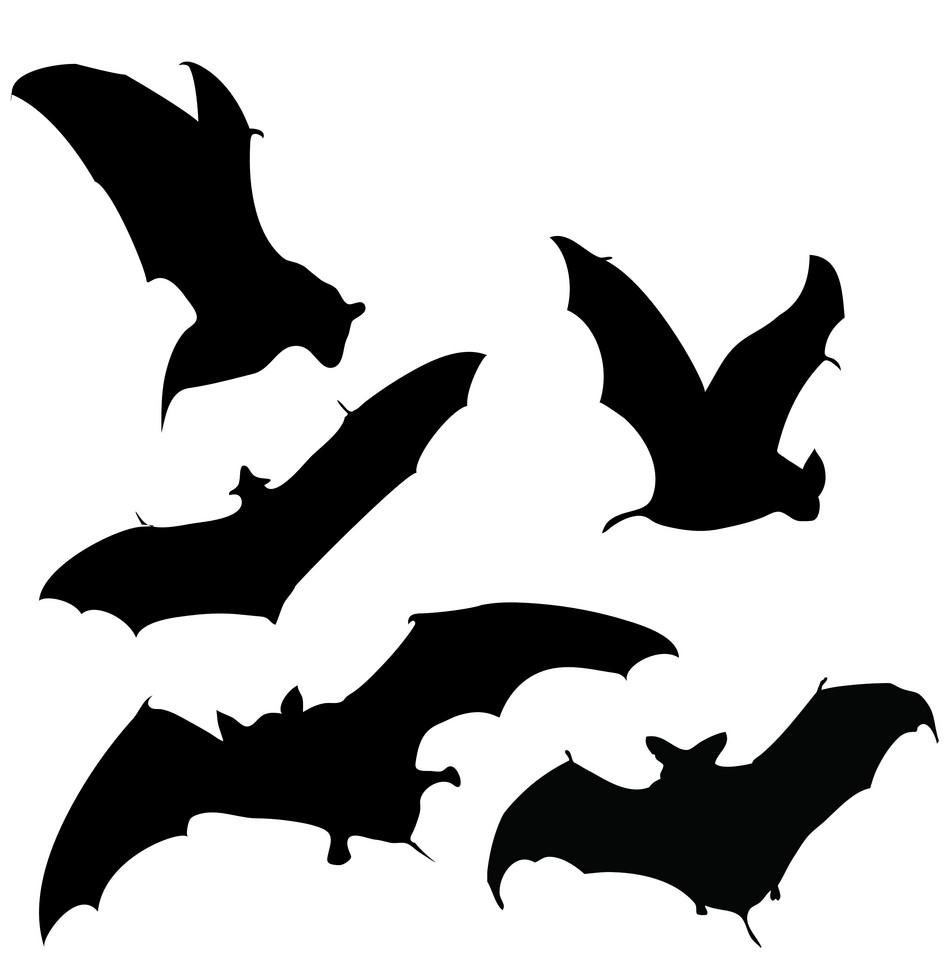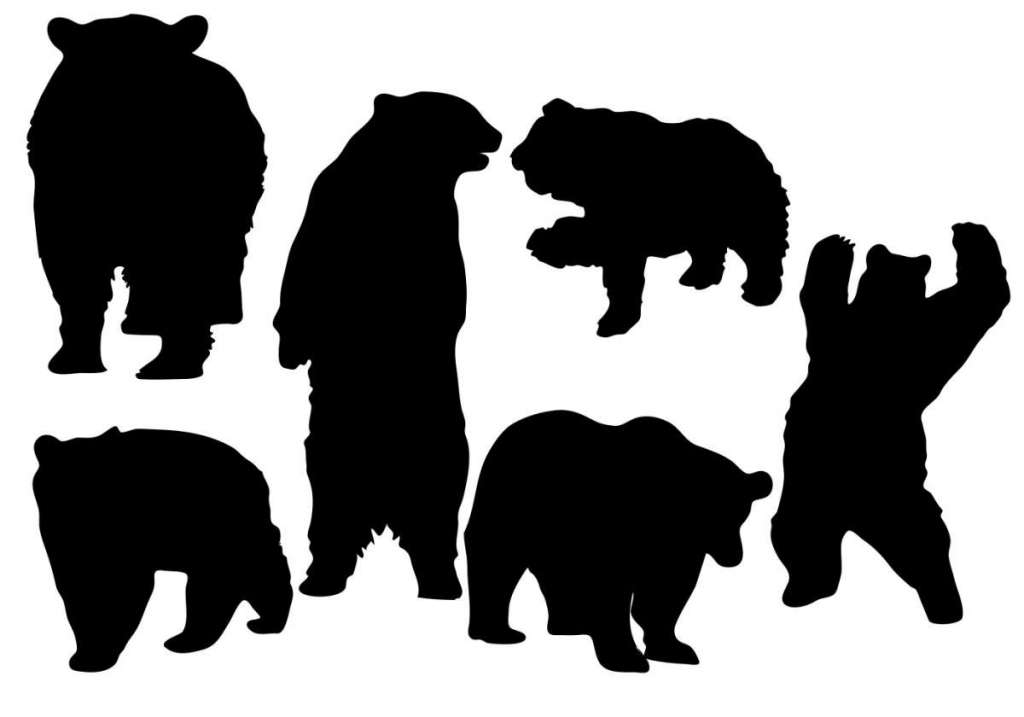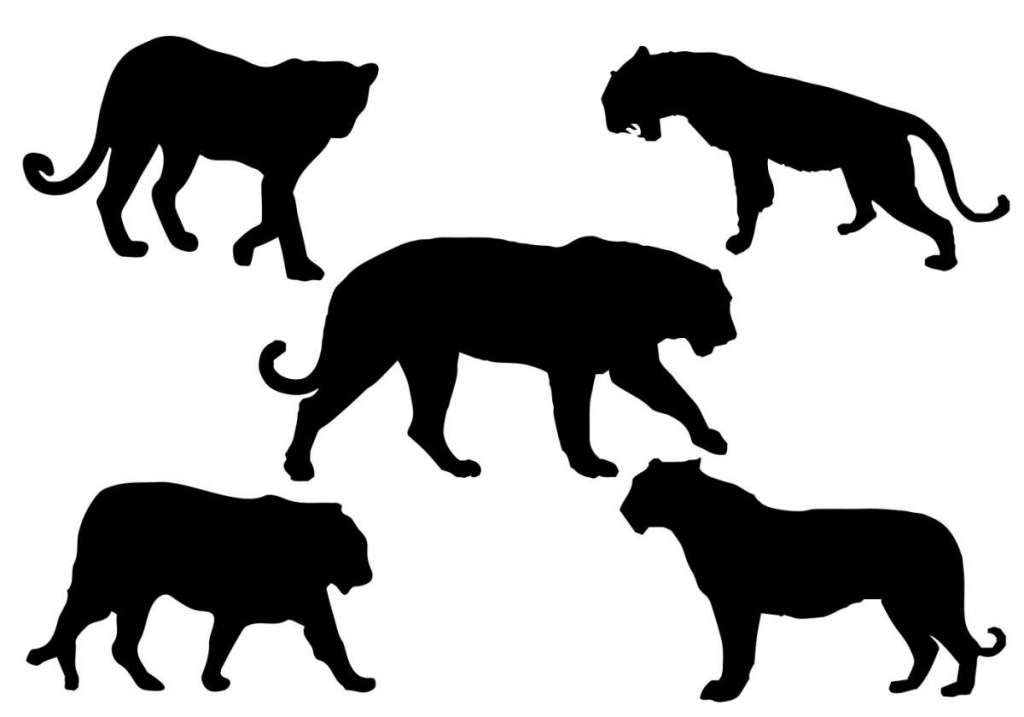Day 1 – Things In The Night
Wildlife Camera Project – Nighttime Captures
The Wildlife Photography Project began about five years ago with the installation of several motion-activated cameras along select trails and washes. Currently overseen by docent Olivia Carey, we have been doing park-wide surveys to determine (1) who is part of our resident wildlife and (2) what they are up to. We are tracking species, numbers, and locations of sightings. The biggest surprise so far? A gray fox Urocyon cinereoargenteus was captured in the south-east corner of the grounds. Recently, we started identifying patterns in the location and frequency of sightings of some animals. For example, bobcats are always single and seem to appear at a given location at about 12 to 14-day intervals. Ground squirrels start to show up occasionally at certain locations in late February and then suddenly make numerous appearances every night. Currently, we are working on an in-depth analysis of our data.
Next year, we plan to do a long-duration observation. We will monitor sites along arroyos that wildlife uses as corridors to move through Tohono Chul.This project is giving us a picture of wildlife behavior in our semi-urban environment and helping us understand the role of protected green spaces to support wildlife. Knowing, when, where, and how wildlife inhabits Tohono Chul will help us make better decisions about how to maintain and operate the grounds in the future.
*Header image courtesy of Regina Lord
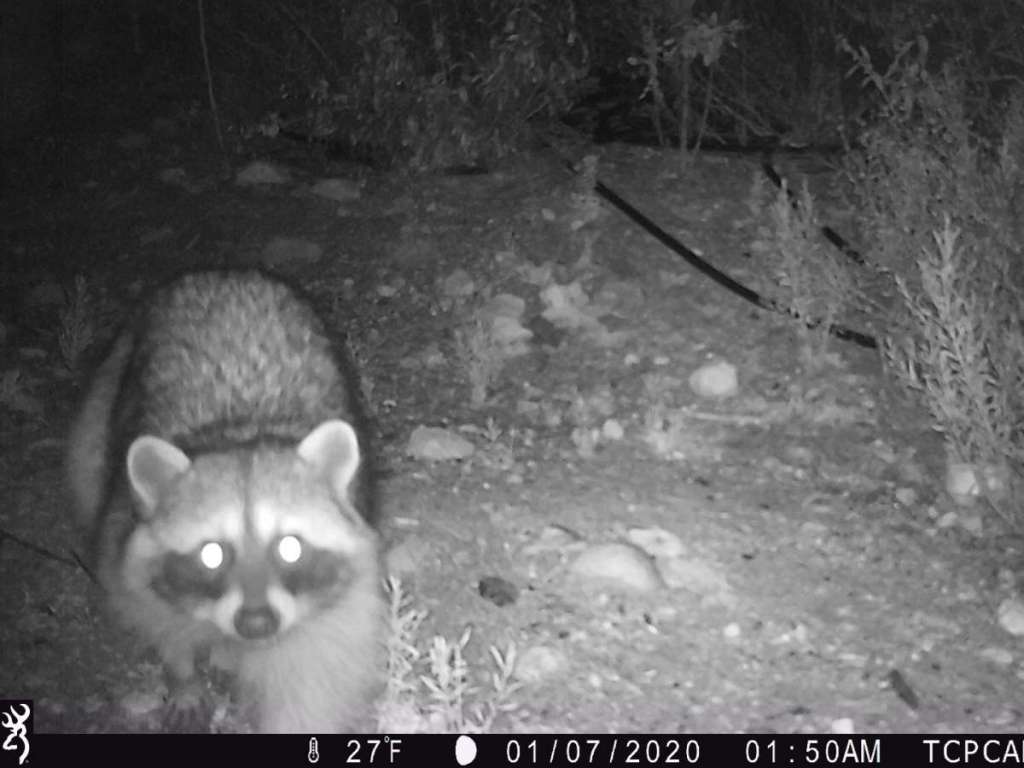
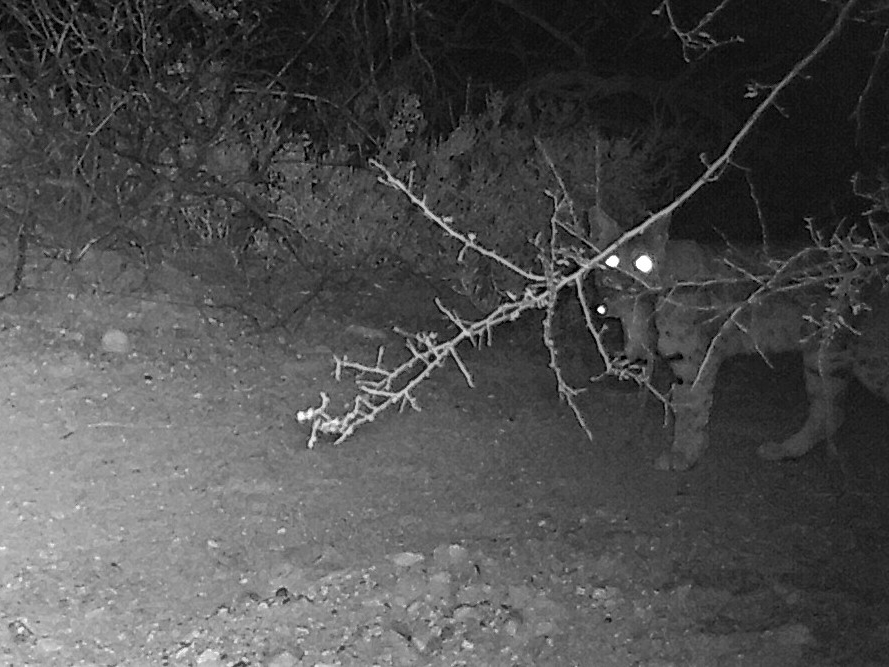
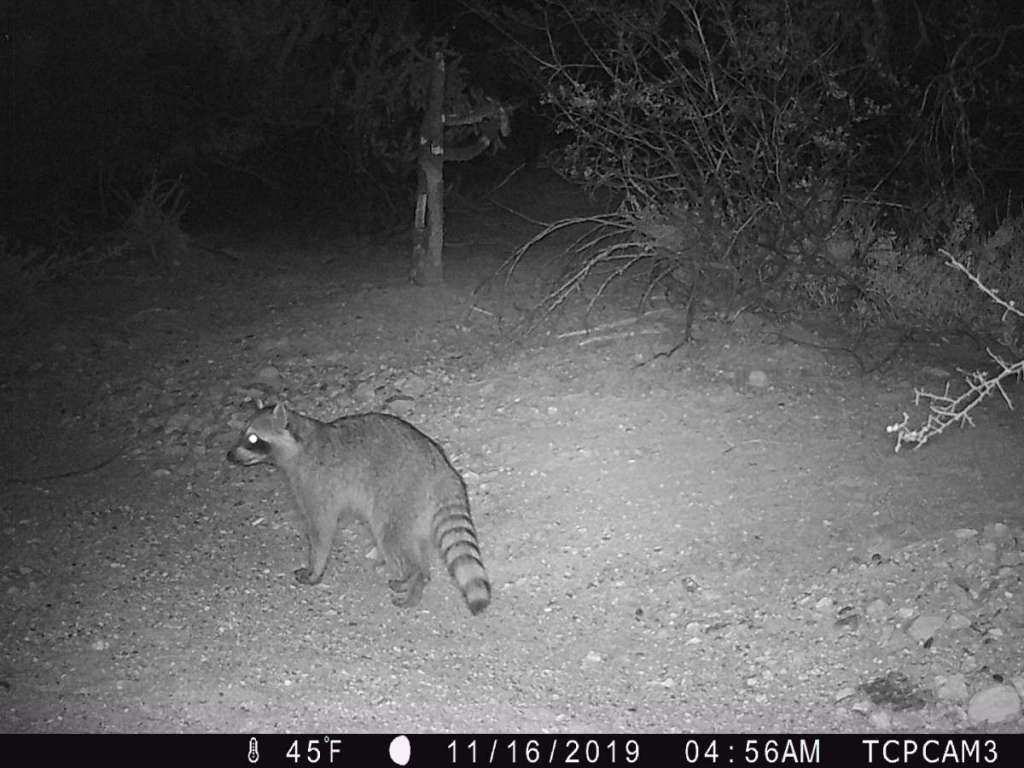
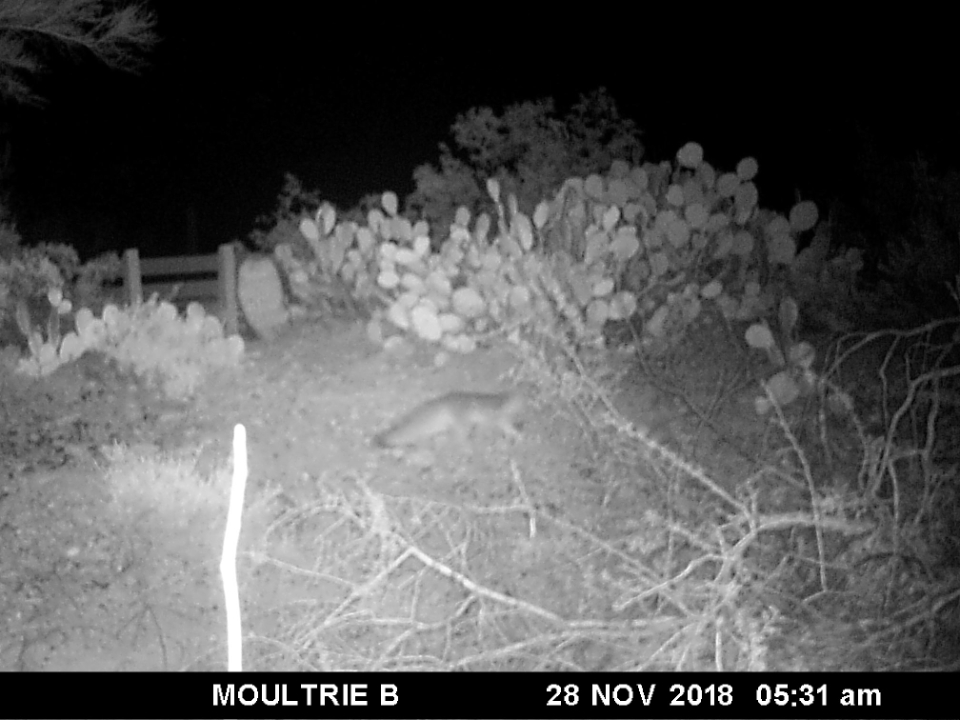
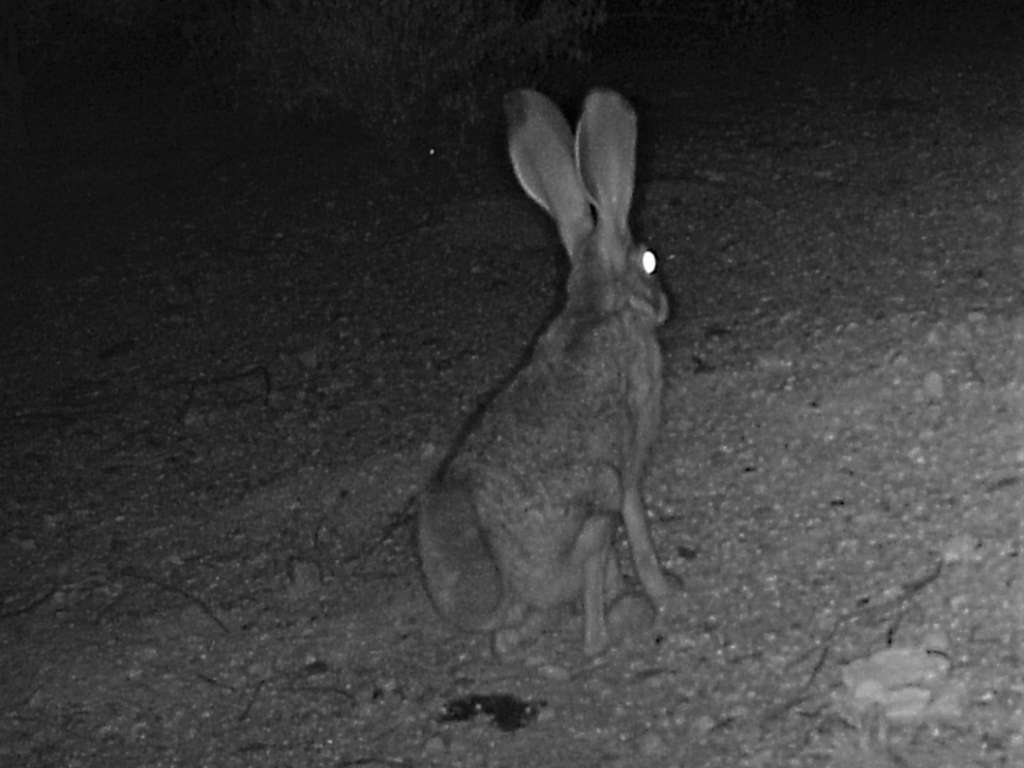
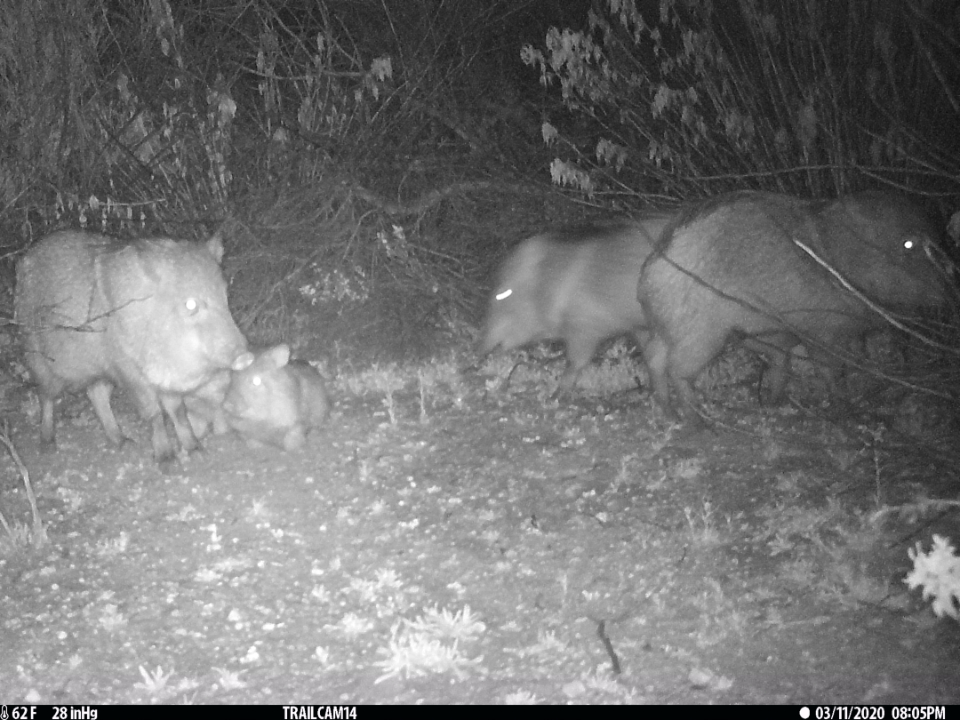
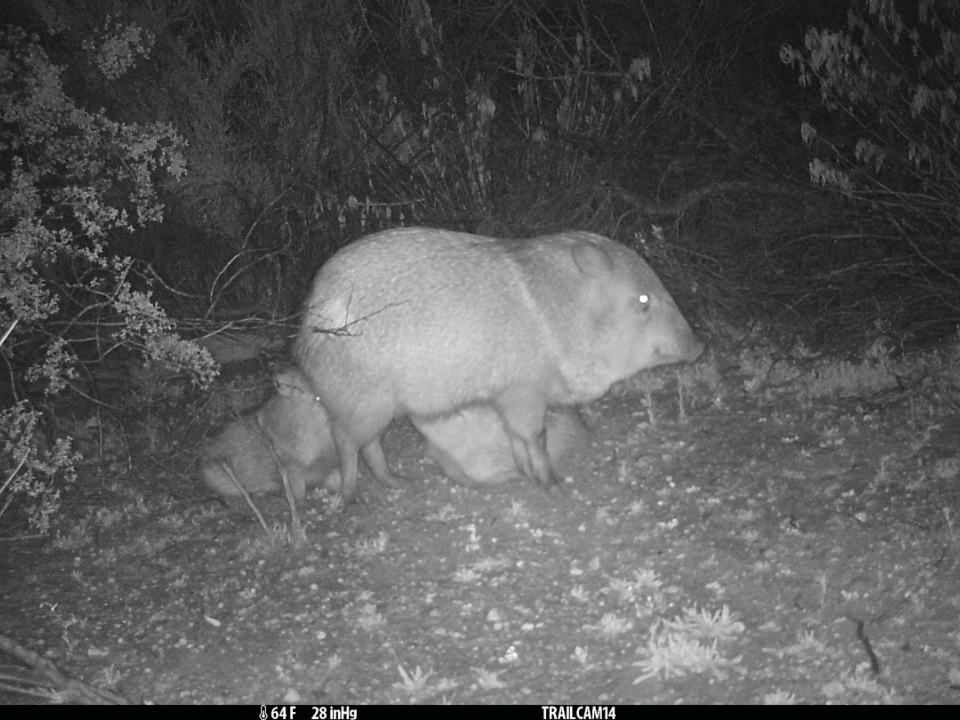
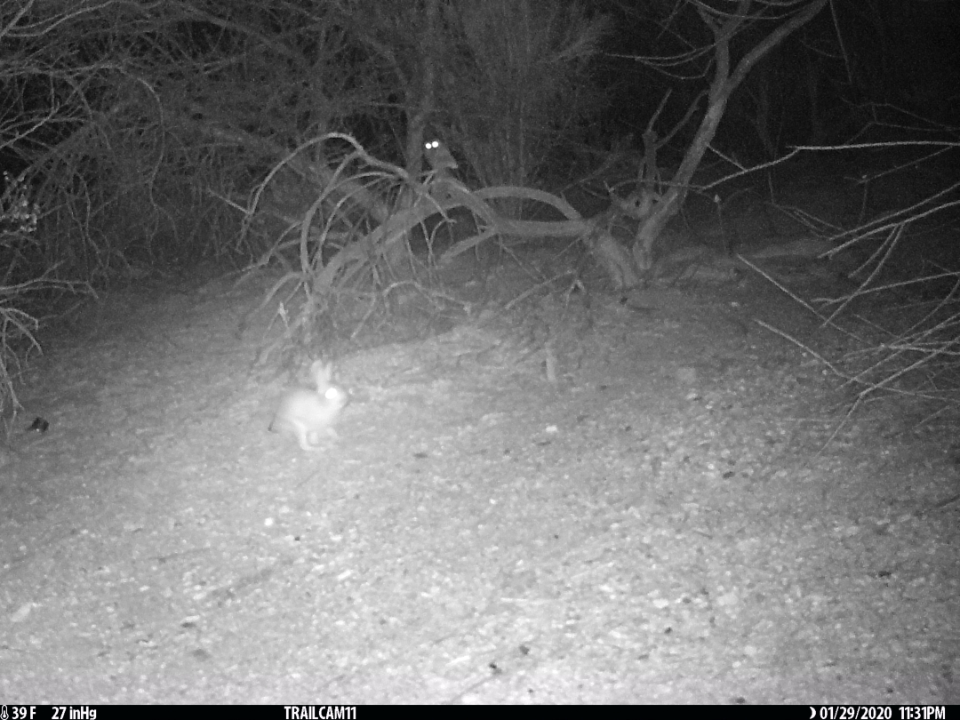
Can’t Talk Nighttime Without Bats!
Why Bats Are One of Evolution’s Greatest Puzzles
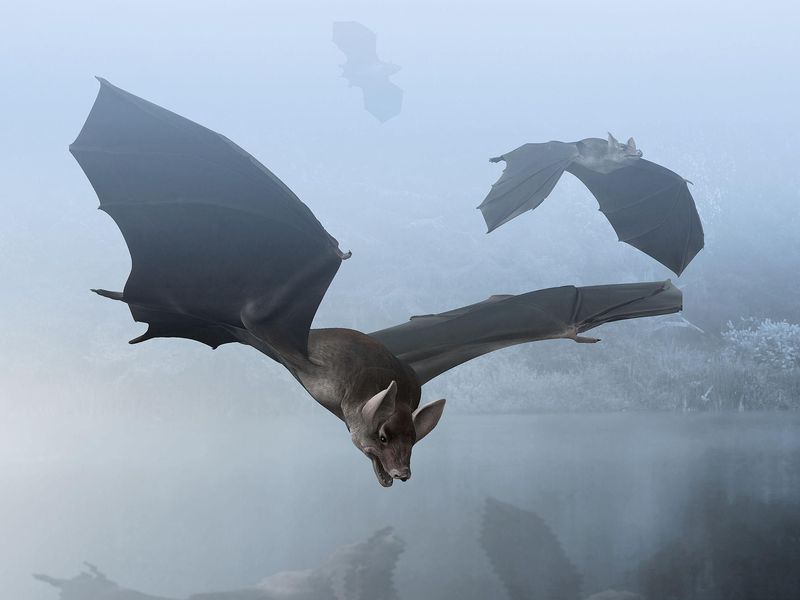
Listen carefully on a quiet summer night and you might hear them. Even if you don’t see a bat’s frantically fluttering form, you might catch its high-pitched chirp as it searches the night for dinner. You’re probably hearing a little brown bat, a common insect-eater found throughout North America, but it is just one of more than a thousand species of bat ranging from the one-inch-long Kitti’s hog-nosed bat to the enormous, three-pound giant golden-crowned flying fox.
Researchers “Translate” Bat Talk. Turns Out, They Argue—A Lot

Plenty of animals communicate with one another, at least in a general way—wolves howl to each other, birds sing and dance to attract mates and big cats mark their territory with urine. But researchers at Tel Aviv University recently discovered that when at least one species communicates, it gets very specific. Egyptian fruit bats, it turns out, aren’t just making high pitched squeals when they gather together in their roosts.
Bats regurgitate nectar for their babies—a new discovery
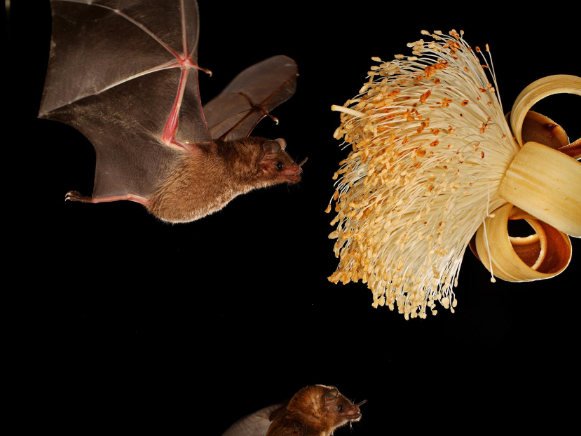
ANY HUMAN MOM can attest that keeping a baby fed and happy can be a Herculean task. That’s why some animal mothers have evolved some truly creative—and sometimes surprising—strategies.
For instance, all mammals produce milk for their babies, but several species also give their offspring food off their plate, so to speak. (See photos of animal mothers and babies.)
Nighttime Fun
Moths Work the Pollination Night Shift, Visiting Some Flowers Bees Skip
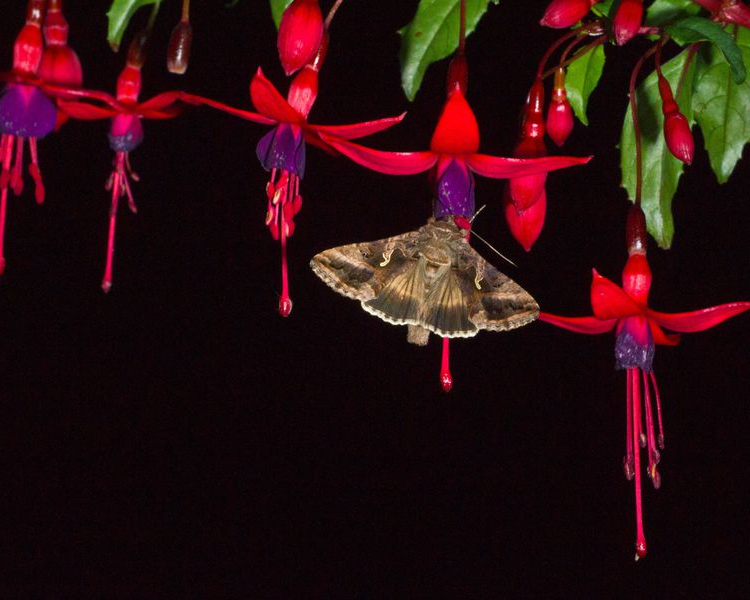
Moths are more important than we think. Bees get most of the credit when it comes to pollination, but new research in the United Kingdom highlights moths’ key role as nighttime pollinators.
Science Snacks by Flandrau Science Center & Planetarium
Check out Flandrau Science Snacks, short, informative and fun videos that explains a variety of science topics. We’ll be soon offering extra resources for those who’d like more information.
Skywatcher’s Guide by Flandrau Science Center & Planetarium
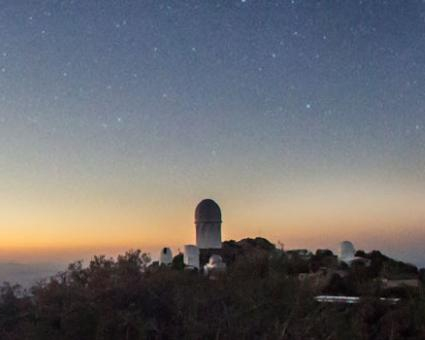
Flandrau’s Observatory is operated entirely by volunteers. Our astronomer volunteers will help you experience the 16-inch telescope as well as answer your questions about the night sky.
Caught In The Act
Activity Time
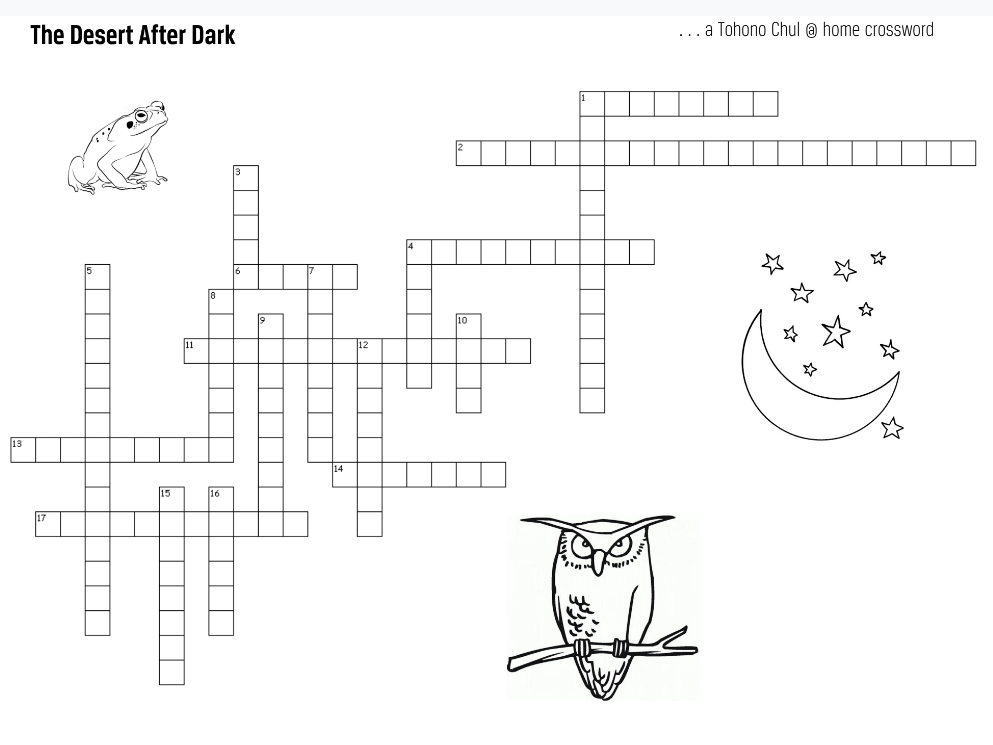
Day 2 – Out At Night
The Outdoors
Scientists: Darkness Harder to Find Due to Overpopulation
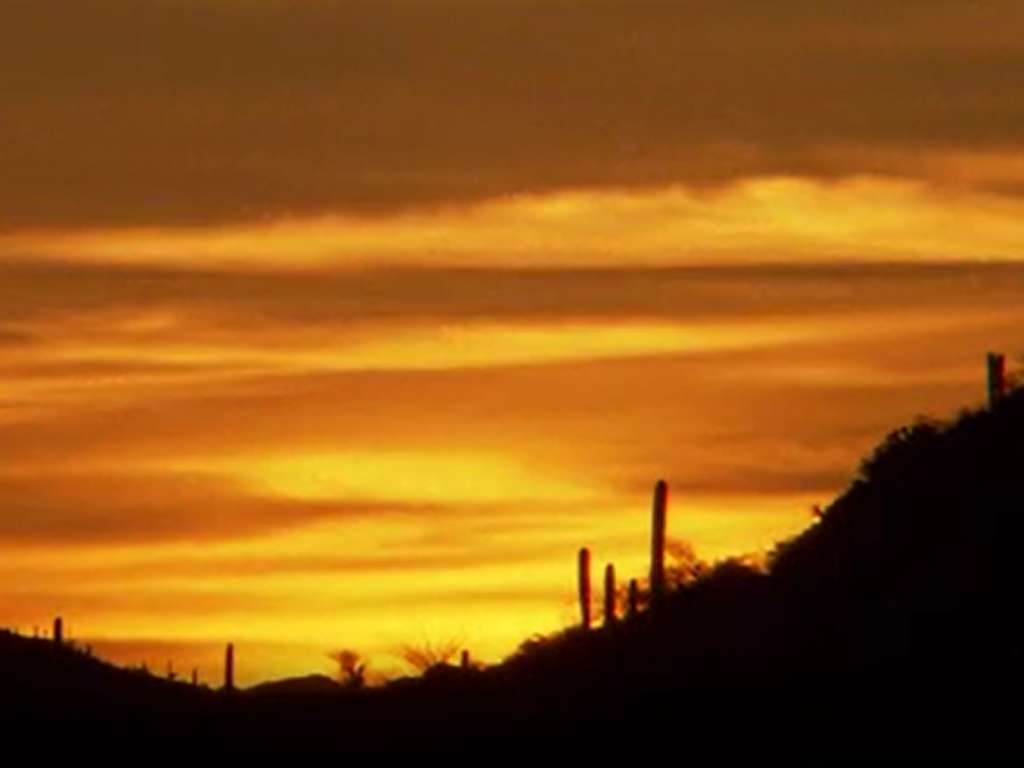
Experts say tens of millions of people around the world have never experienced truly dark skies in their lives, because they live in brilliant urban areas where artificial lights at night keep their communities illuminated. This may seem inconsequential to the average person, but experts like Richard Green, Ph.D., say the issue is serious.
Desert Wildlife at Night – How to Get Photos of Desert Wildlife at Night
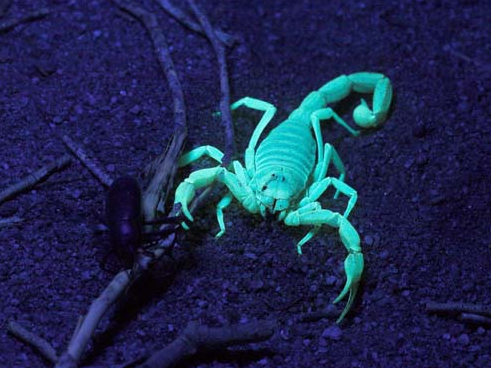
As the air and ground temperatures cool, a plethora of diverse nocturnal creatures emerge from their hiding places to search out food, water and possible mates. Many mammals, birds and insects, sedentary during the daylight hours, now awaken and fill the desert night with new sounds and sights.
Learn More About Nocturnal Desert Animals All Over The World
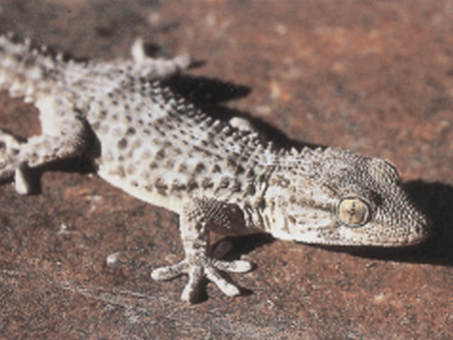
Dark colours absorb and radiate heat better than light colours. At night a light colour should reduce heat loss by radiation, and there is not much heat available to absorb. During the day, dark skin promotes absorption of solar heat. Although radiation to the atmosphere by the dark skin is also promoted.
Arizona State Parks Nighttime Trail Cam Videos
Representatives of Arizona’s diverse and varied wildlife species inhabit each and every park throughout the system! Every animal within the park system is wild and relies on their behavior and camouflage to stay alive. This can make them hard to encounter. We’ve set up several trail cameras throughout the park system to showcase the amazing animals that call your parks home.
It’s always bat night at the Mission Garden – Arizona Spotlight
Learn how a recent ecological mystery at the Tucson Mission Garden led to the discovery that several species of bat are visiting the garden every night in search of food. Mark talks with bat biologist Debbie Buecher and her husband and co-researcher Bob Buecher, and gets a pair of short stories from Tucsonans about close encounters with bats.
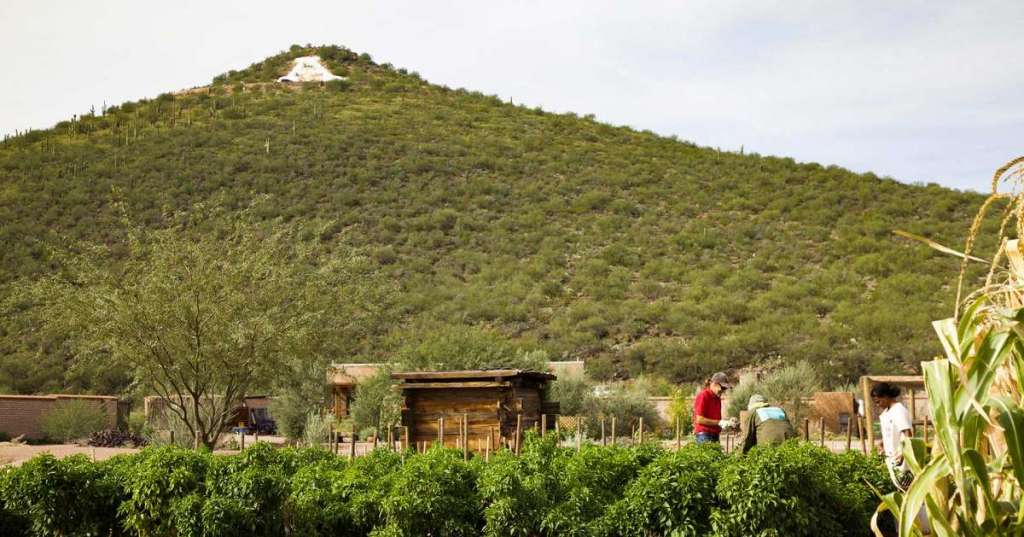
Upcoming Segment To Watch!
The Desert Speaks – The Desert Night
Season 6, Episode 5 of 13
Aires June 11, 2020
Explore the desert at night: it’s a different world when the sun goes down. As night falls and temperatures drop, plant pollinate, insects m igrate toward light, and reptiles cavort in th edesert. Nocturnal crea tures abound in this moolit environment. Also, learn why a desert suns et is unique.
Day 3 – Artistic Expression

Color all things nocturnal in this week’s coloring sheets
Download more coloring sheets from Desert Botanical Gardens
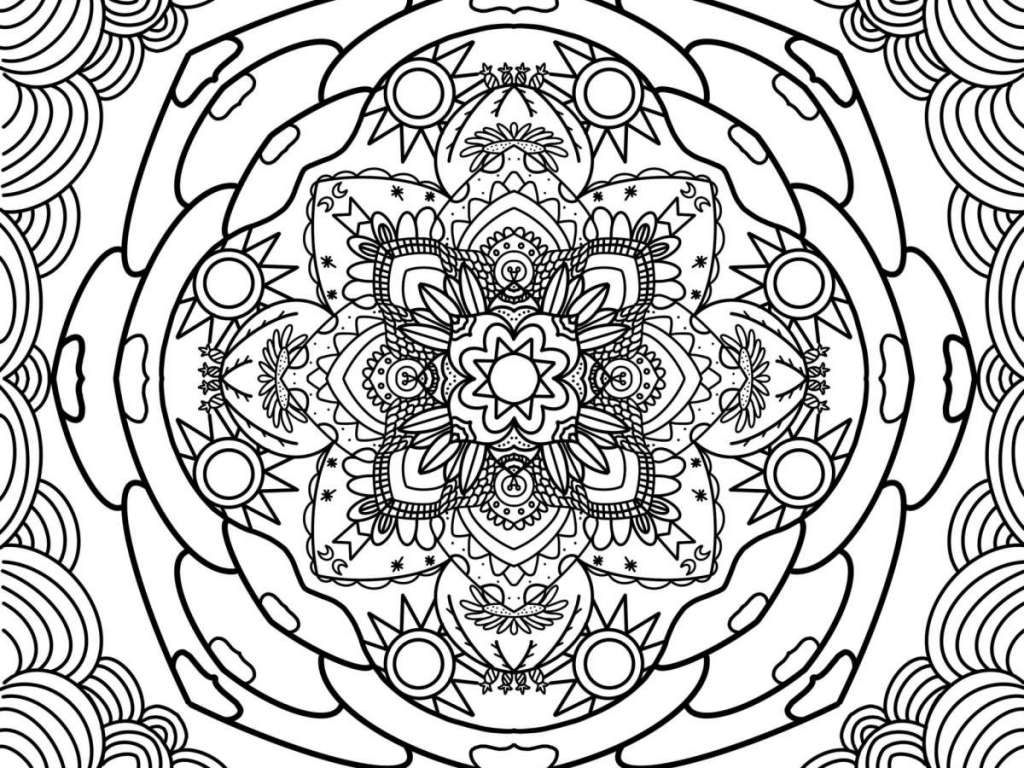
Get To Know The Artists
Erinn Kennedy
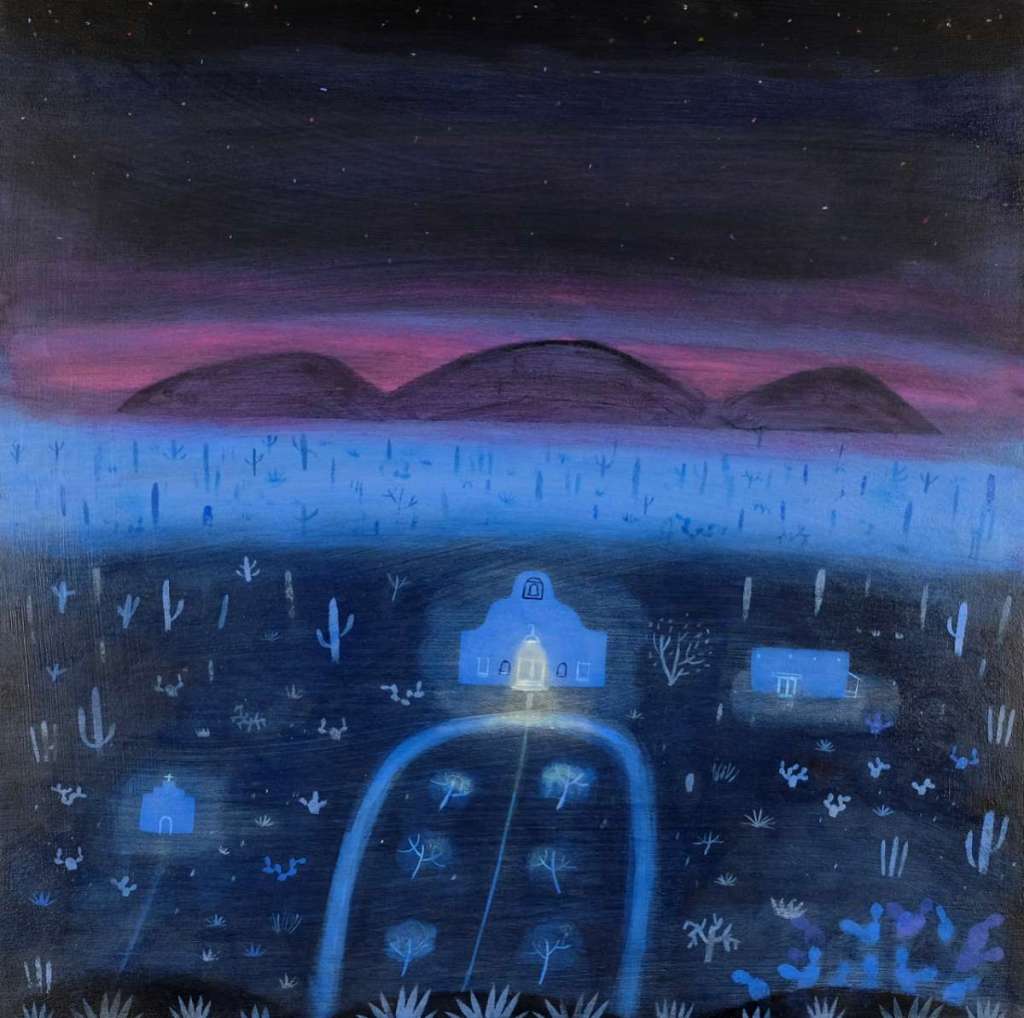
San Pedro Chapel at Night
acrylic and pencil on panel
Erinn Kennedy
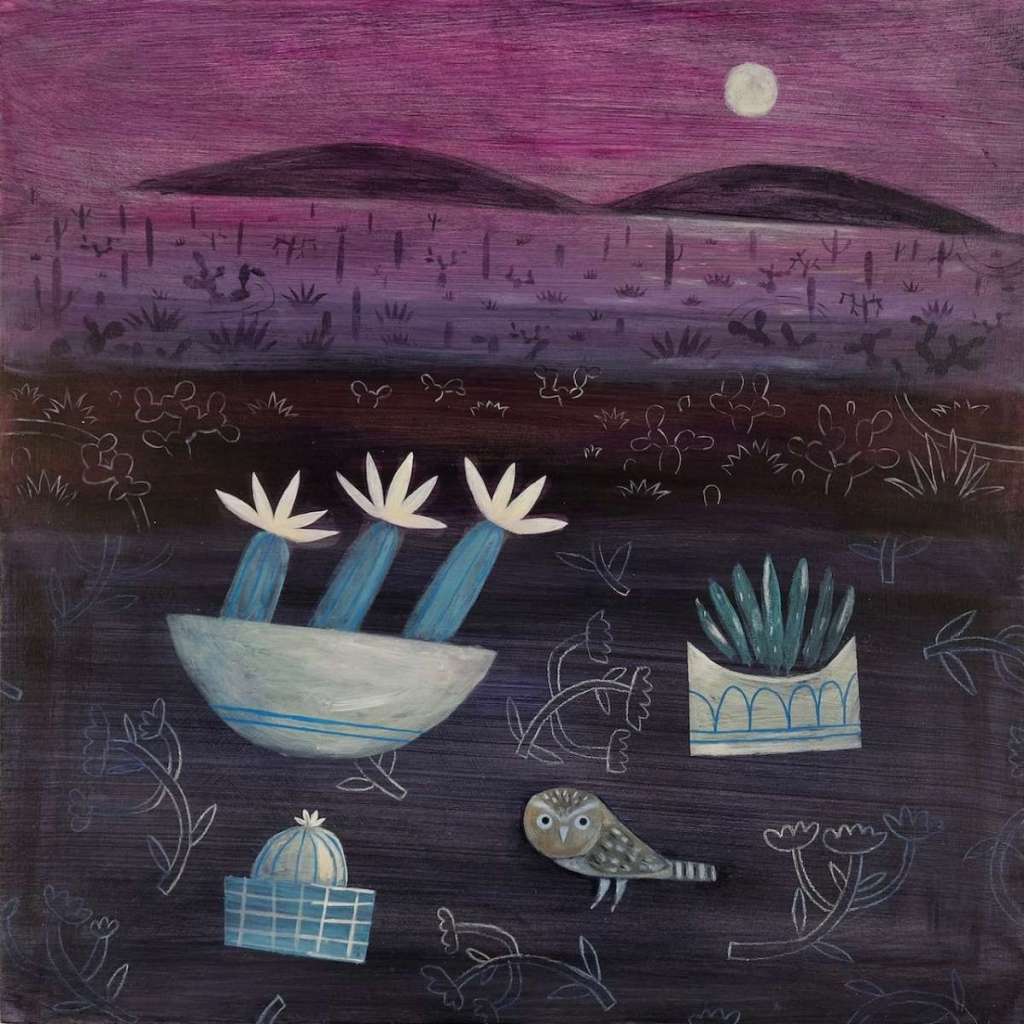
Still Life with Night Blooming Cereus
acrylic and pencil on panel
Nancy Chilton
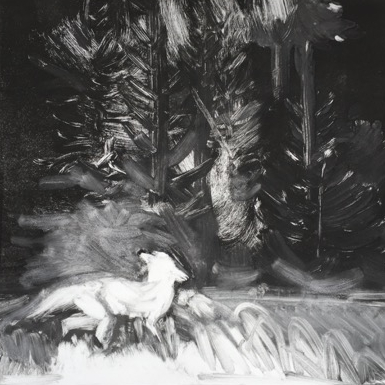
Approaching the Night Village of Trees
monotype
Nancy Chilton

Moonshine
monotype
Regina Lord

Night Owl
acrylic on panel board
I paint the objects and places that I love and are a part my everyday life. I find inspiration in the Sonoran Desert landscape in and around Tucson, Arizona where I live. I am very interested in its natural beauty, historic manmade structures, and stories left behind. I am equally interested in the atmosphere that surrounds these places and the moods they evoke.
More
When I see a still life arrangement or an outdoor scene that captures my attention I will make several sketches of it from observation, emphasizing spatial relationships, passages and colors that I find interesting or unexpected. When starting a painting I put these sketches away and work from memory and attempt to capture the beauty and essence of these engaging places and things.
To learn more about Erinn Kennedy and her work, go to http://www.erinnkennedy.com/index.html
“Another desert night: creatures that are invisible by day saunter forth from subterranean burrows, high perches and scrubby thickets. Nocturnal life has a hum, buzz, and fragrance that differs from daytime noises and scents. Outside of our urban habitat, night is unfamiliar territory, fraught with potential hazards, and this is particularly true in the desert.
More
The subtractive method of monotype is well suited to creating nighttime narratives. I first roll thick black ink onto a plate. As I wipe areas of ink away, going back in with thinner ink to create gray tones – it is a bit like groping in the dark, and it is an orientation to darkness, waiting for shapes to arise, shift, and animate: fox, badger, meadow, tree. Printing the inked plate onto paper reverses that image and adds another layer of uncertainty. How will Looking Glass World affect the emergence of a badger, or gray fox’s trajectory? Will that pool of darkness spread and obliterate the light that shimmers around it? The uncertainty of outcome is both unnerving and exciting, not unlike the way I feel when I hear strange, wild voices cry out in the night.”
Nancy received her BFA degree from the University of Arizona with an emphasis on figure drawing. She has been making art in Tucson since 1982. Nancy has shown and sold her artwork at galleries and other venues in Tucson, Phoenix, and elsewhere. As a Drawing Studio staff member and instructor, she loves to see individuals gain enthusiasm and confidence as artists.
To learn more about Nancy Chilton and her work, go to https://thedrawingstudiotds.org/meeting-teaching-artist-board-member-nancy-chilton/
Regina Lord believes, through art and creative process, your outlook can change and become more positive, more open. As an artist, she starts by first looking for beauty and inspiration.
More
It is in the Southwestern Mountains, the desert, in nature and wildlife, in the streets, and in the people too. Her style is the unraveling of a woven mixture of her Hispanic heritage, deep-rooted love for folk art and an enchantment with magical whimsicality. She began putting ideas down on paper, making doodles and sketches, finally pulling out various paints, papers and any other medium that feels right. With a paintbrush and the boldest colors, Regina pulls ideas together in the best way that makes her heart sing. Always bright, always colorful, always filled with joy.
Regina Lord was born and raised in Northern Arizona and has lived in Arizona for most of her life. She was very interested in art at a young age and was encouraged to be creative by her loving grandparents. Regina studied art throughout her school years along with studying to become a registered nurse. She received her BSN from Northern Arizona University in 1999 and worked as a nurse for almost 15 years in various hospital settings. Eventually, the call to become an artist became so strong that she left her nursing career behind to pursue her creative dreams. She now spends her time making art and playing with paints and other interesting mediums.
To learn more about Regina Lord and her work, go to http://www.creativekismet.com/
Day 4 – Artistic Expression, Featured Artists
William Lesch
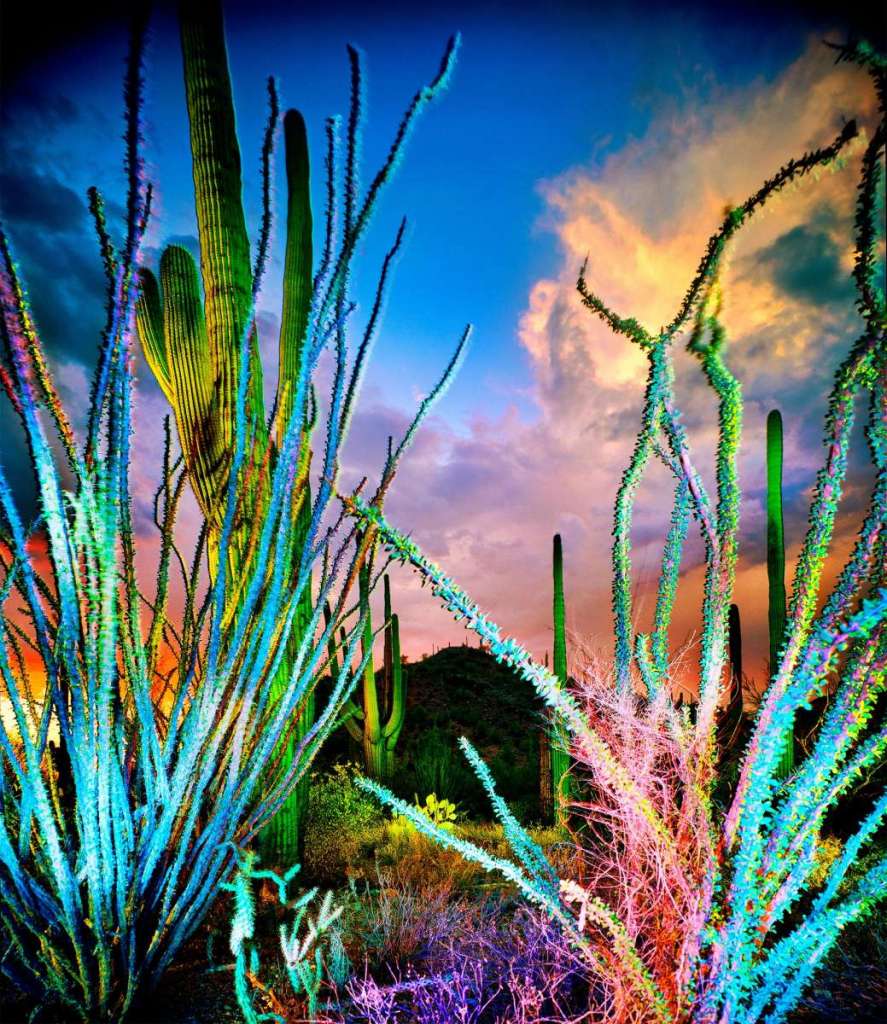
…I spend a lot of time in the desert. The movements of sun and cloud, wind, rocks, water – there is about these things a feeling of benediction; an unbounded grace. It is a feeling almost of homecoming, but the way is unclear.

“The world does not fit neatly into the frame of a single instant, a sixtieth of a second. Reality is a constantly changing, living thing, a symphony of light and color. It is not something to be tamed into a decisive moment, but is a never-ending eternal present.
When I go out to work, one photograph can take hours, sometimes days. I place my tripod, set my camera, open the shutter and let the world unfold in front of my lens. Sometimes this unfolding of the world is slow and measured. At other times, such as during a thunderstorm, the time and tempo is fast, chaotic.
In either situation I am there, making exposures, gathering material. Later on, in the studio and the darkroom, I begin layering these pieces of time, bits of light and color. The eye of the camera never moves, but the world that flows past is a sea of change.
I may take the night sky from one corner and combine it with sunrise in another, or car lights on a street at noon.
[expand title=”MORE ABOUT WILLIAM LESCH” rel=”fiction”]
I am the product of a culture that has looked too far into the fire to ever again stand before nature totally innocent. What began as an experiment has become for me a weird ritual of exposure, performed in the dark of night more by intuition than logic. In some strange sense, it is a way for me to reach out and touch something ancient with a modern hand: a bridge, across the gulf of civilization, to a power far greater than any human creation.”
excerpt from the book Expansions by William Lesch
As I weave these timescapes together I work intuitively, looking for the seams, chinks in the way we expect the world to look. Sometimes, if I am lucky, I come away with a bit of reality as I believe it really exists: an endless, timeless river of past, present and future.”
William Lesch begins at 15min. 17sec.
William talks about the processes he employs in the creation of his images.
to learn more about WILLIAM LESCH go to:www.williamlesch.com
“…Living in the desert, I have learned to observe not snow, but light. I recall becoming fully aware, for the first time, of the ability of light to transform the landscape. It struck like a blow. Particularly at dusk, when the conditions are just right, the intensity of light can be overwhelming. It is as if someone has left open the door to a celestial blast furnace, light and color spill out over the land like lava. Bathed in this unearthly radiance, each twig, each needle of cactus is illuminated, distinct, alive. You feel as if for one brief instant a great secret is being revealed.
Being a photographer, this was a light I could not resist. I had been trained to see the world in shades of gray, but here was a light that could not be contained by the austere formality of that medium. My early attempts had a marvelous subtlety of tone, but there was not the immediacy, no urgent pulsing of light. Forays into color were dismal; the film was stiff and inflexible by comparison, allowing little variance of contrast or hue. Out of impatience with the materials, and based on the precedent of earlier photographers, I began to experiment with light. Through much trial and error, this has developed into my current working method. Using colored light as a painter uses pigment, and working at night, I build the photographs with layers of color. This is often
combined with a normal exposure, made in daylight on the same sheet of film. The total time of the photograph can extent to several hours.
[/expand]
Robert Renfrow
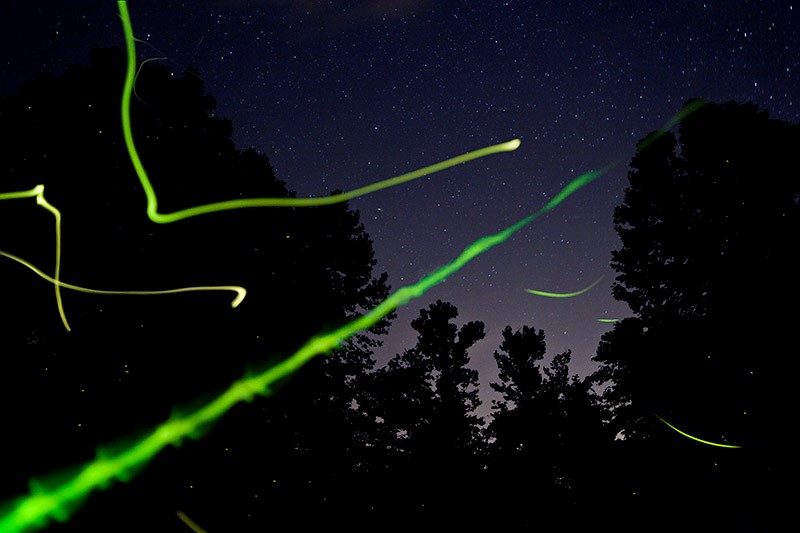


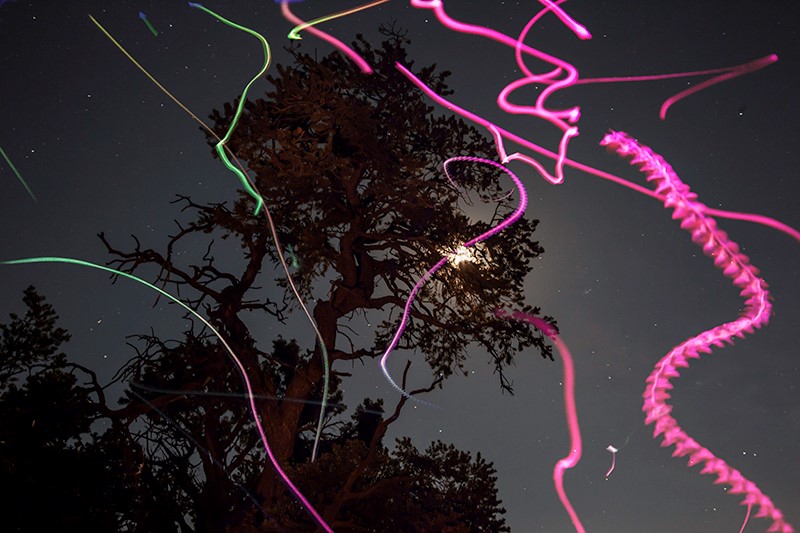
“’Moths on Metal’ is a series of photographs depicting moths flying at night. By using a slow shutter speed and other photographic techniques I am able to create images reminiscent of abstract expressionist paintings. One of the many things I like about photography is the camera’s ability to ‘see’ things our eyes can’t – especially in regards to time. As the moths fly, they create beautiful patterns and forms we are usually unable to see. Sometimes these unseen patterns echo other patterns found in nature such as plants, skeletal structures and aquatic forms.”
to learn more about Robert Renfrow go to http://robertrenfrow.com/
Kate Breakey
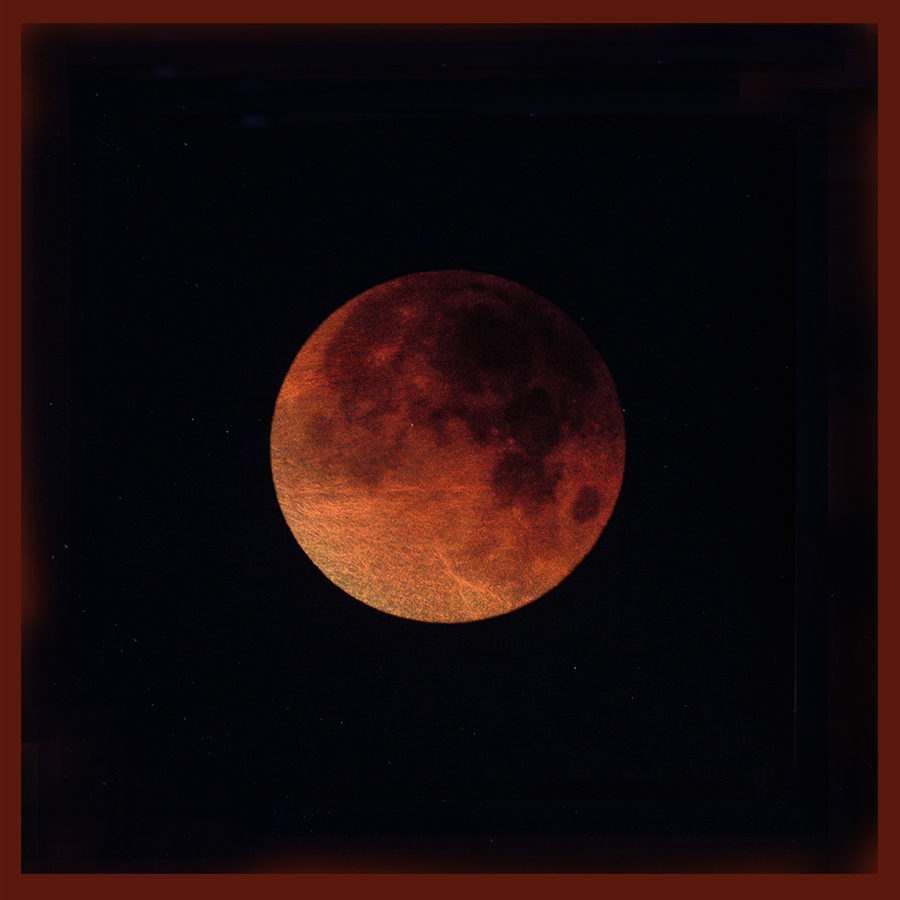
“The Element ‘Gold, (Au) can only be made in the nuclear reactor of stars. It came to our planet when the Earth was first forming, as dust from catastrophic astronomical events —stars imploding and ejecting energy, as light and matter.
More About Kate
The events that produce most of the gold in the universe are called ‘Gamma Ray Bursts’. This occurs when a double star consisting of two neutron stars collapses under the force of gravity. Neutron stars are the cores of dead stars. They are only a few miles in diameter; so dense that every last bit of matter has been compressed down to the density of the atomic nucleus. The two dead, dark stars spin around each other for millions of years at millions of miles per hour, constantly pulling each other closer. Then finally they touch. At that moment more energy is released than the rest of the universe combined. Much of their mass collapses into a black hole and leaves our universe forever, but the rest is released in an enormous explosion of gamma rays and newly-formed elements. Some of that star-dust flung into space is gold. The gold in the Earth’s crust was carried here on asteroids that hit the earth, during the ‘Late Heavy Bombardment’ 3.8 billion years ago when the Earth gained most of its mass. The Ancient Egyptians believed that gold was the flesh of their Sun god ‘Ra’. I was struck by the beauty and brightness, the depth of Orotones, which were first made in the early 20th century by, among others, Pillsbury and Edward Curtis. My work is a contemporary version of an Orotone. The image a digitally printed on UV Art glass with 24kt gold leaf applied to the back.”
to learn more about Kate Breakey go to: http://www.katebreakey.com/
Karen Wright
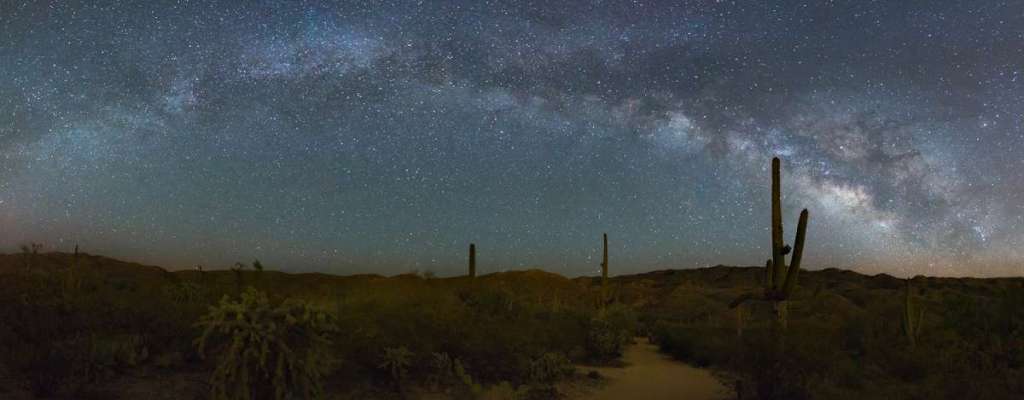
“The Milky Way spills across the Tucson Sky.”
to learn more about Karen Wright go to: https://www.creativeexposuresphoto.com/
Nancy Chilton
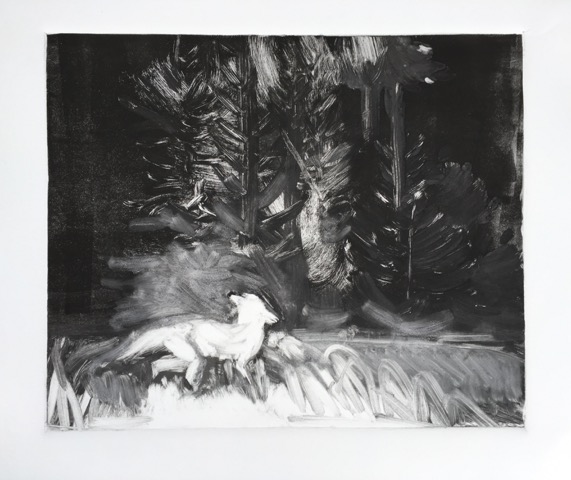
to learn more about Nancy Chilton go to: https://thedrawingstudiotds.org/faculty/nancy-chilton/
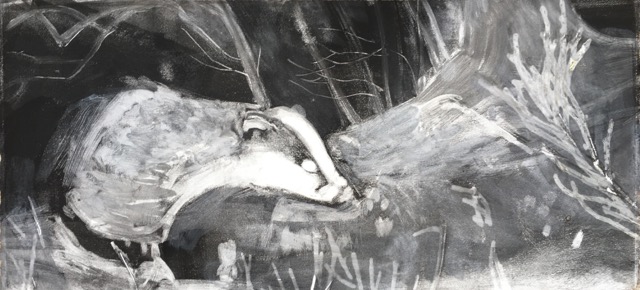
“Another desert night: creatures that are invisible by day saunter forth from subterranean burrows, high perches and scrubby thickets. Nocturnal life has a hum and buzz and fragrance that differs from daytime noises and scents. Outside of our urban habitat, night is unfamiliar territory, fraught with potential hazards, and this is particularly true in the desert.
[expand title=”MORE ABOUT NANCY CHILTON” rel=”fiction”]
The subtractive method of monotype is well-suited to creating night-time narratives. I first roll thick black ink onto a plate. As I wipe areas of ink away, going back in with thinner ink to create gray tones – it’s a bit like groping in the dark, and it’s an orientation to darkness, waiting for shapes to arise, shift, and animate: fox, badger, meadow, tree. Printing the inked plate onto paper reverses that image and adds another layer of uncertainty. How will Looking Glass World affect the emergence of Badger, or Gray Fox’s trajectory? Will that pool of darkness spread and obliterate the light that shimmers around it? The uncertainty of outcome is both unnerving and exciting, not unlike the way I feel when I hear strange, wild voices cry out in the night.”
[/expand]
Michael Chiago
Stu Jenks
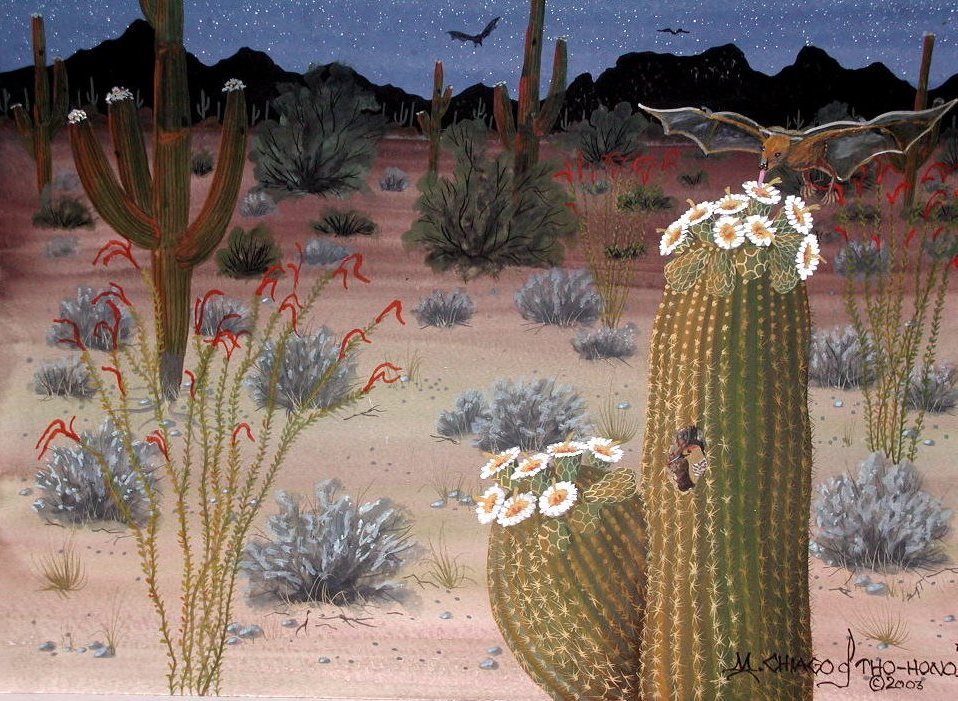
On a hot summer night saguaros bloom and are pollinated by bats. Gila woodpeckers nest in cavities in saguaros.
Season of the Saguaro focuses on the series of gouache paintings Michael Chiago was commissioned to create for Tohono Chul’s Saguaro Discovery Trail.
More
The project, made possible with funds from the Tucson Pima Arts Council, explores the importance of the saguaro for the Tohono O’odham people. Chiago is a well-known Tohono O’odham artist born on the O’odham reservation west of Tucson. His paintings depict traditional gatherings that bring his people together in friendship and prayer and are often set against a backdrop of mountains and the desert where he lives. The paintings and a series of ink drawings are part of Tohono Chul’s Permanent Collection. Season of the Saguaro also features folk art objects from the Permanent Collection and implements from the Desert Discovery Education Center.
To see more images of painting by Michael Chiago go to the virtual Tohono Chul exhibition Season of the Saguaro: https://tohonochul.org/galleries/permanent-collection/
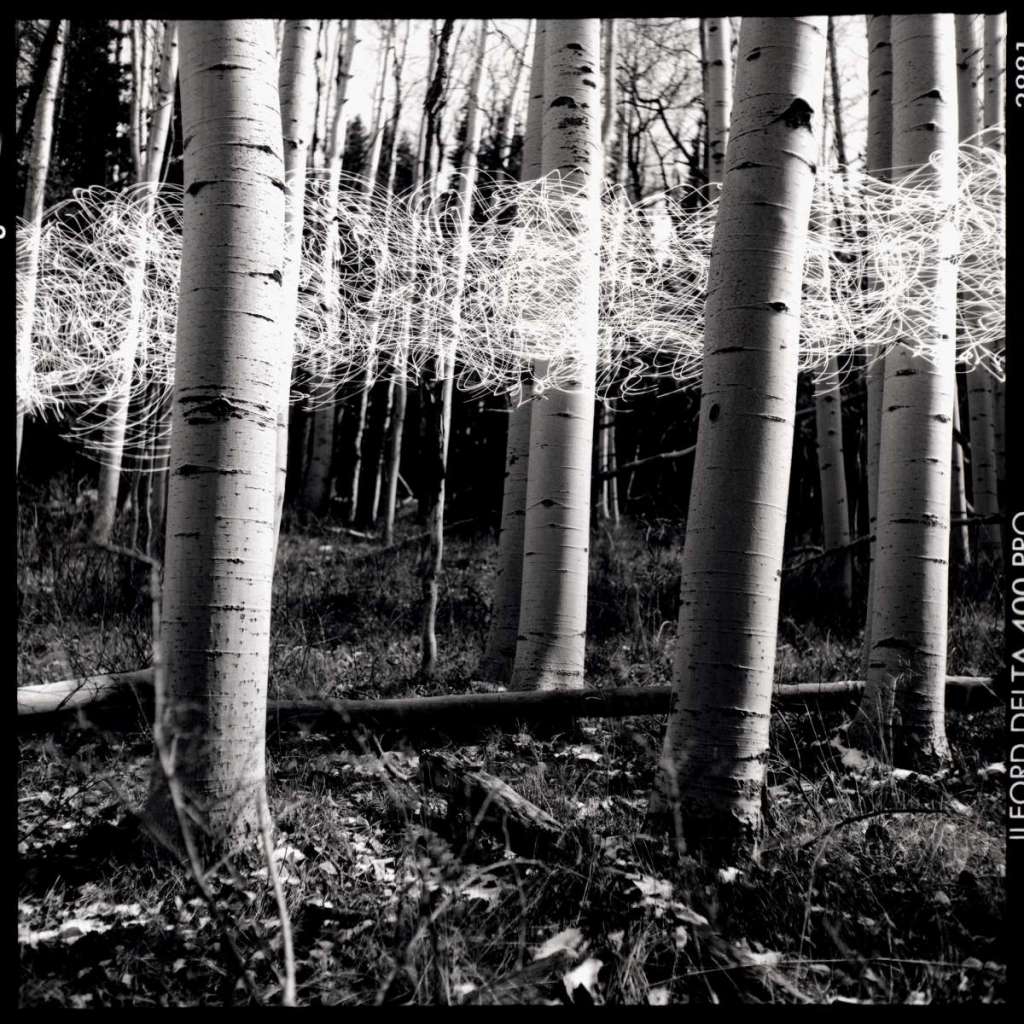
“I took this photograph during a full moon in Southeastern Utah in an ancient Aspen forest where the trees sometimes grow to over six feet in diameter. It was very cold that October night as I spun a Christmas-light-lit hula hoop through the trees.
More
While the camera shutter stayed open for a half hour taking in ambient moonlight, I went for a walk up a logging trail. Fifteen minutes later as I strolled back down the trail, I saw a distant mysterious light in the forest. It scared me. Who else or what else is in the old virgin forest tonight, I thought? As I walked closer, I saw the answer. I had left the hula hoop lights on.”
to learn more about STU JENKS go to:https://stujenks.typepad.com/
Day 5 – Weekend Inspiration
Shadow Puppet Theatre!
Explore twilight by putting on a Shadow Puppet Theatre! A Shadow Puppet Theatre is a simple box with a light and a screen onto which you project the shadows of the characters you’ve created.
Fun video to watch it in action
Fantastic step by step article
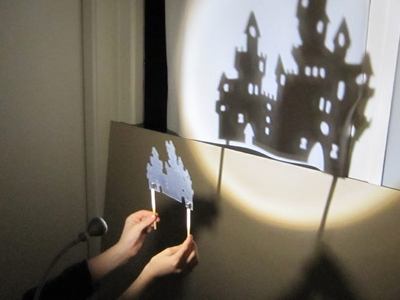
Download templates by clicking on the images below
Print and cut out the silhouettes you want. Then tape or glue the silhouette to the end of a popsicle stick or wooden skewer.
Bring Desert Players’ Seco’s Big Adventure To Life!
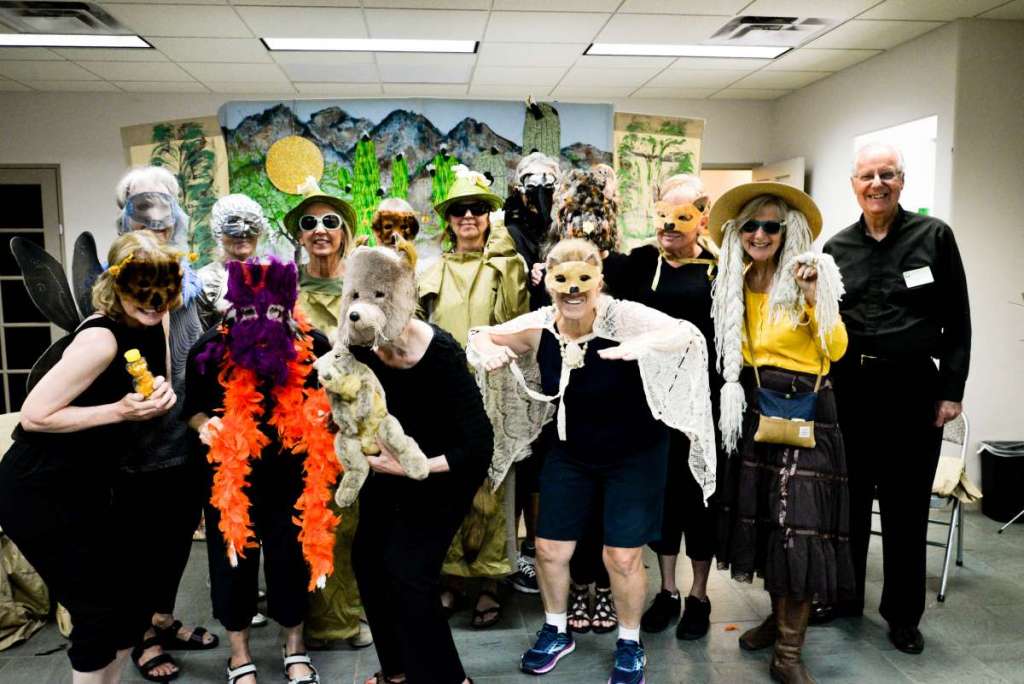
Tohono Chul’s Desert Home Theatre troupe first trod the boards in 2001 with its production of “Seco’s Big Adventure.” Written by docent Barb Pepper and performed using hand puppets by a dedicated group of amateur thespians, what is now the Desert Players has been edu-taining families at Pima County Libraries for almost 20 years. Each summer Ms. Pepper writes a new story about life in the Sonoran Desert with its distinctive plants and animals as characters. A rotating group of 15-20 docents practices each play for weeks before taking it on the road during the summer months as part of the libraries’ summer reading program. This will be the first summer we’ve missed.
Next Week’s Theme
